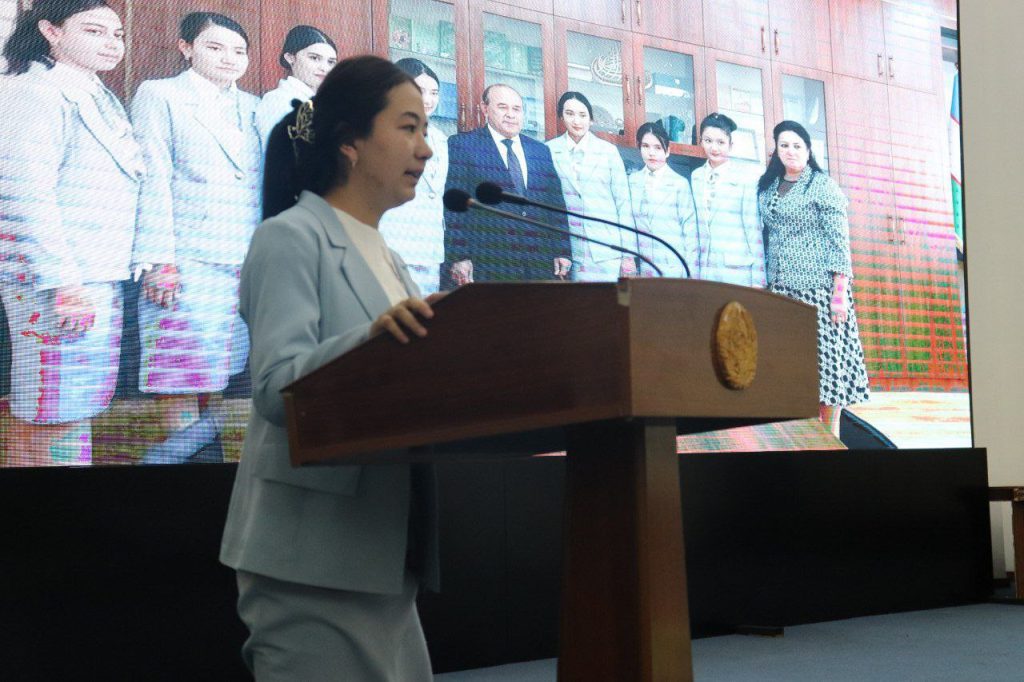NEW TENDENCIES OF USE OF INTERNATIONAL TECHNOLOGIES IN PRIMARY EDUCATION

It is known from the historical development of any country that the rapid development of the country, the achievement of certain achievements, and the well-being of the people depend on the level of attention paid to the education and future of the youth in that country. In this sense, the issue of youth in Uzbekistan is one of the most priority directions of the state policy. “Education gives creative activity to the spirituality of the people of Uzbekistan. All the best opportunities of the growing young generations are manifested in it, they constantly improve their profession and skills, the wise advice and experiences of the older generations are highly understood and passed on to the young, mature generation.” [1,78] To all of us. It is well known that many years ago, the concept of education was defined from a national-democratic point of view. In order to realize this stated goal, new models of education are being created, the theoretical foundations of which are being proven scientifically and practically by leading specialists. This scientific-practical proof is closely related to high-level technologicalization of educational processes. In the Republic of Uzbekistan, special attention is paid to the education of a mature generation as the main criterion of development.

Improved versions of the Law on Education and the “National Program of Personnel Training” have been created, which correspond to world standards, and are recognized by the education staff of many countries. These laws and programs are gradually being implemented in our country. The introduction of personal computers into school life shows that it should be used in all educational subjects and school activities.” In today’s advanced age, modern technology tools are used effectively in schools. Computers are widely used not only for teaching the course “Basics of Informatics and Computer Science”, but also in almost all areas of school education. Adaptation of primary school students to the modern environment, making them more interested in lessons through multimedia, video and audio lessons is giving sufficient results today. Today, almost all spheres of society’s life, including the development of education, cannot be imagined without the media.
Due to the globalization of the information space and its “openness”, the flow of new knowledge, views, facts, and concepts is increasing rapidly, and the use of information spread through the media is growing at high rates. Therefore, as new innovative technologies occupy a worthy place in the education of the young generation, the further involvement of our youth in the innovations of the technological age will make a significant contribution to the development of our country. Nowadays, one of the leading factors of achieving efficiency in the educational system is the use of innovative technologies. It would not be wrong to say that the creation and use of modern innovative technologies in educational institutions in the “National Personnel Training Program” has become the demand of the times. The introduction of technical tools into the educational system made it possible to present information in the form of audio, text, photo and video images. Such tools are often considered multimedia tools due to their complex technical and technological aspects. The introduction of computers into the field of education is considered a universal means of information processing. Multimedia technology provides integration of various types of information with content and harmony. It allows to present various forms of information with the help of computer.
Khojamova Gulsevar Abdullajanovna
2 nd stage student of Andijan State Pedagogical Institute
